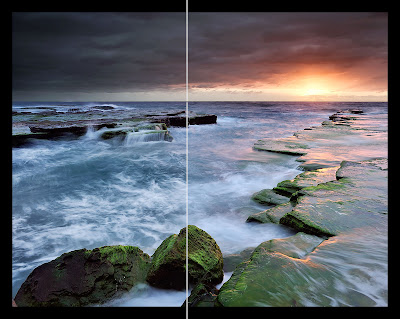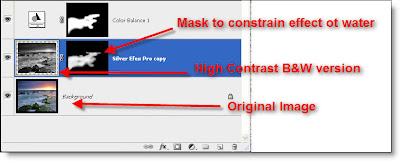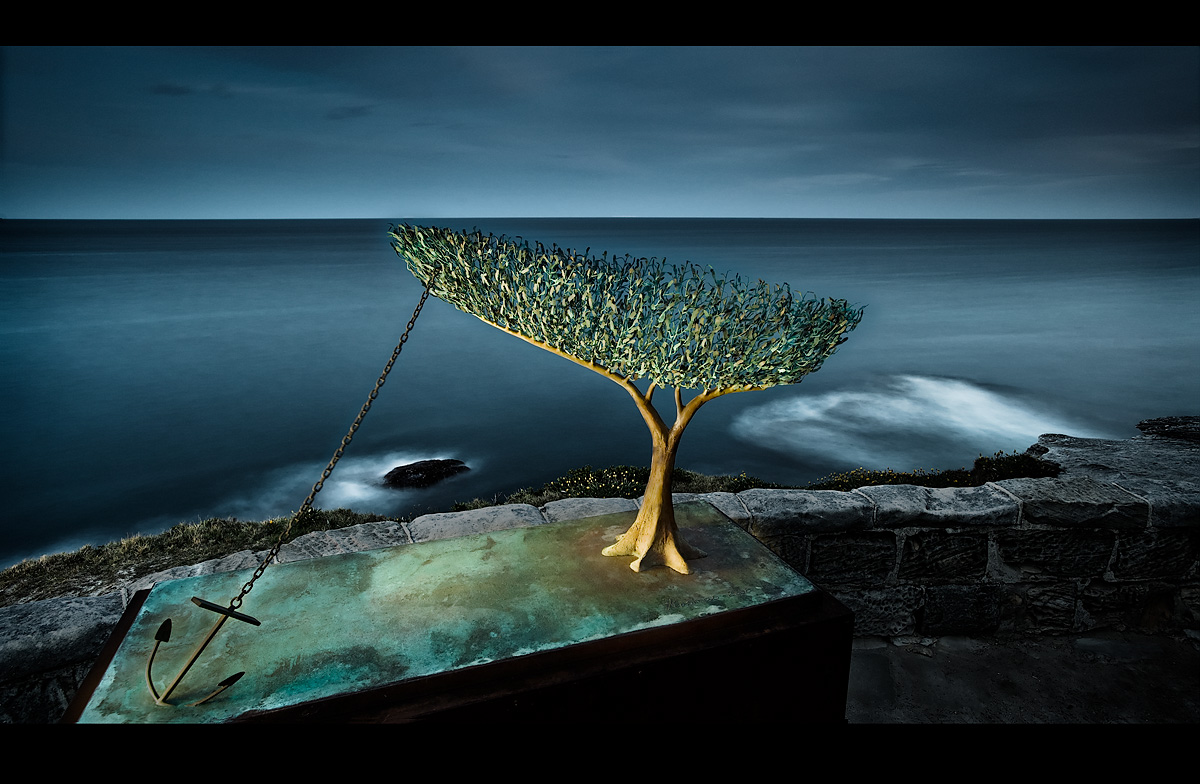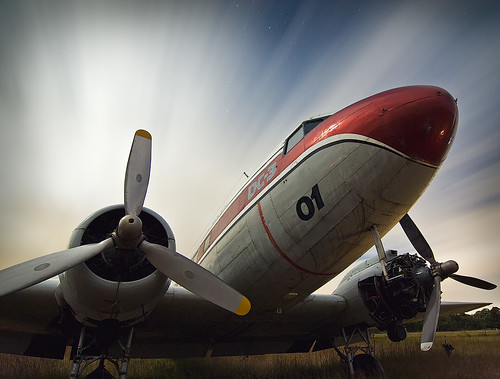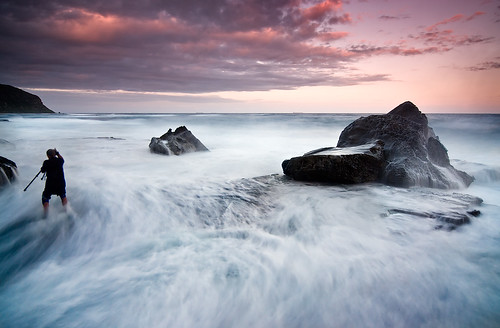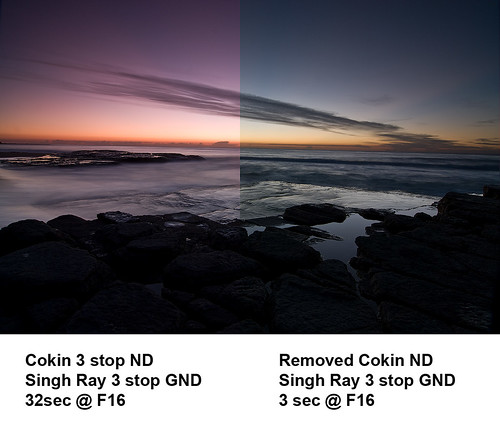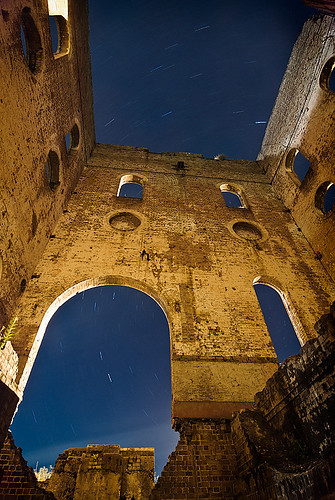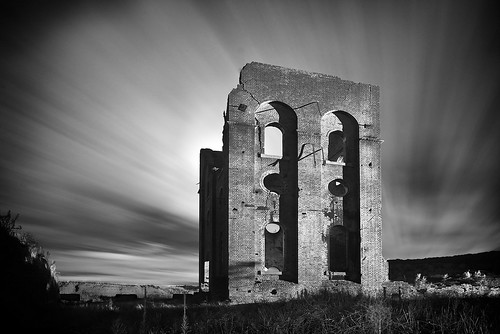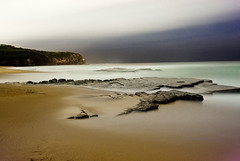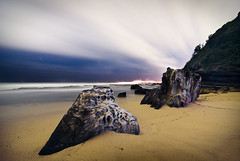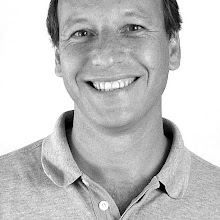Recently after some of my light painting episodes I have had a few people contact me about night photography and light painting. So I thought I would do a primer on night photography first to help get people into it, and then follow it up with some advice on light painting.
First of all.... Night photography is technically a lot more challenging than shooting during the day for a number of reasons;
1) Hard to focus at night
2) Hard to compose your shot at night
3) Your light meter is useless
4) You can run into some white balance issues.
5) Hard to see your camera controls
So, if you aren't taking pretty good shots during the day, then I would advise that you focus on improving your basic photography during daylight hours first (composition, exposure, understanding your camer etc.)
However if you feel you are ready for photographing at night, then this should help you get started.
What You Need For Night Photography- Tripod - Essential
- Remote shutter release cable - without this you won't be able to take exposures beyond 30sec.
- Headlamp torch
- Powerful pocket torch (I like the surefire torches... small, bright and the colour temperature is somewhere around 5000K
- Pocket exposure guide - See my blog posting on calculating night exposures
Ready to go?First thing I would recommend reading is all of the blog postings I made in Feb 08 (they all chronicle my exploration of night photography).
Picking a good night.I would start by choosing a night that has
1) A full moon (or somewhere closer to a full moon)
2) Some clouds in the sky
Arrive before sunset. This allows you to scout your location, setup for your first location, get your composition and focus just right and relax. Start taking a few shots and watch the exposures start to get longer and longer as dusk approaches.
Focusing in the darkTo focus I set my lens to manual, shine a bright torch at a point in the image I want to focus on and do my best to set the focus manually... live view is useless and Autofocus is more than likely not going to cut it unless the focal point is close to the camera on and you have some sort of AF assist going on.
Flip over to manual exposure mode. Your light meter won't work in low-light, so you are going to have to shoot on a manual setting.
I would recommend starting on f5.6 aperture. To work out the correct exposure, I recommend you crank up your cameras ISO to either 1600 or 3200 and start with a 30sec exposure. Check your histogram and then adjust your shutter time to get an appropriate exposure (if you don't know how to read a histogram, do some research so that you understand it... it is critical).
Once you have established a correct exposure and checked composition and focus at high ISO, you need to crank back your ISO to something that will give you images with low noise. This will depend upon your camera, but with night photography it is all about long long long shutter times, so even if your camera can handle super high ISO settings with low noise (like my D700), it is still worth dropping it back to something like 200ISO.
You will need to double your shutter duration for each time you halve the ISO. Here's an example....
Lets say you crank up your ISO and determine the exposure is fine when you are shooting at
3200 ISO @ 30sec @ f5.6
When you drop your ISO to 200, you have reduced your exposure by 4 stops
3200 to 1600 = 1 stop
1600 to 800 = 2 stops
800 to 400 = 3 stops
400 to 200 = 4 stops.
So to compensate you will need to increase your shutter speed by 4 stops
30 sec to 1min = 1 stop
1min to 2min = 2 stops
2min to 4min = 3 stops
4min to 8min = 4 stops.
So the correct exposure would be 8min @ ISO 200 @ f5.6
Set your camera shutter to bulb, and get your stop watch ready.
Lock your cable release open, and then
pour yourself a glass of nice wine, grab some chips or biscuits and sit back, watch the stars and enjoy the evening. One of the joys of night photography is the pace... long exposures mean plenty of time to relax, slow down, talk to other photographers, or just relax. Don't expect to come back with cards full of great images, be happy with one or two from an evening of night photography.
I'll do a primer on Light Painting shortly.
Enjoy.... I'd love to hear your feedback.
Brent
 Quality = RAW
Quality = RAW

